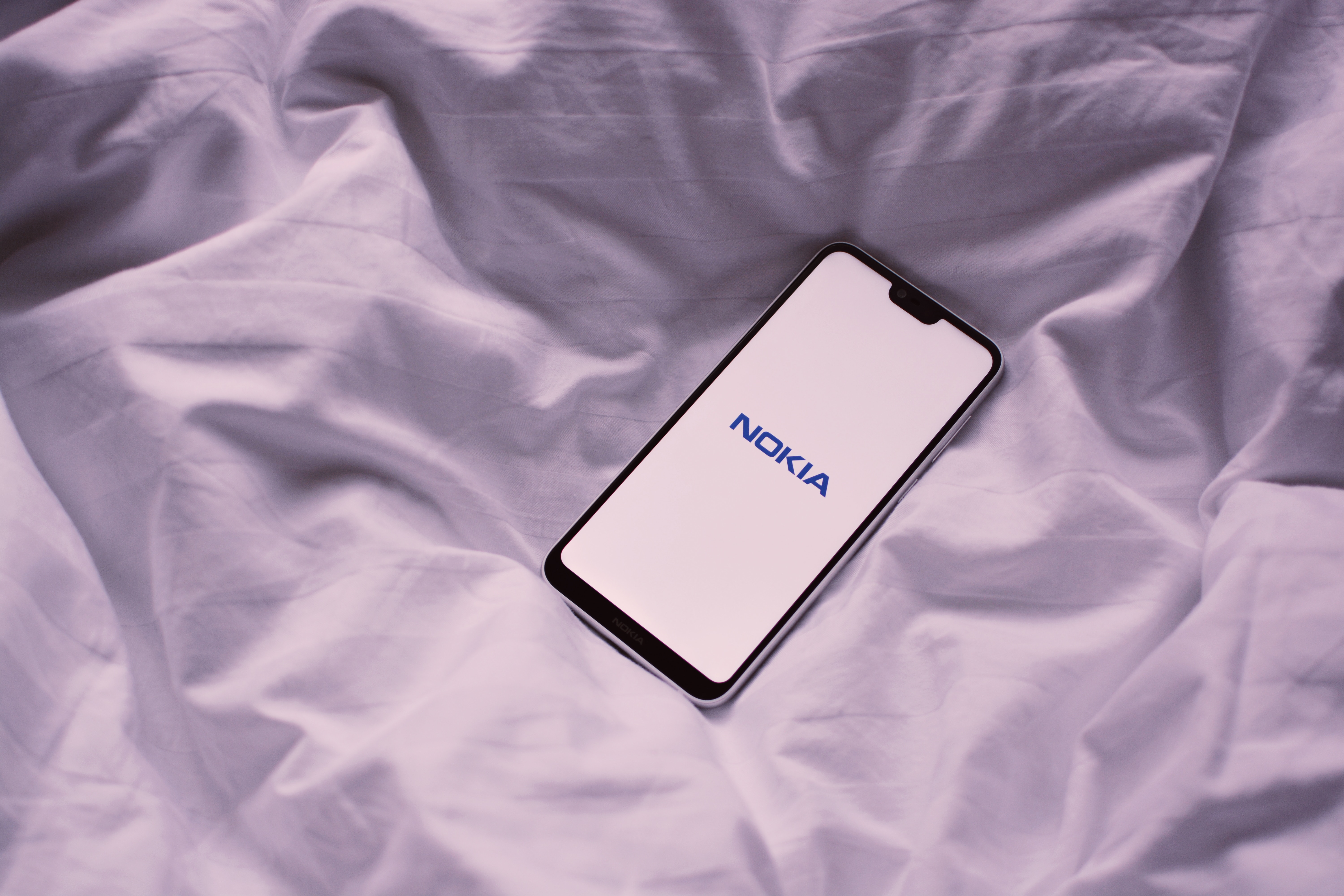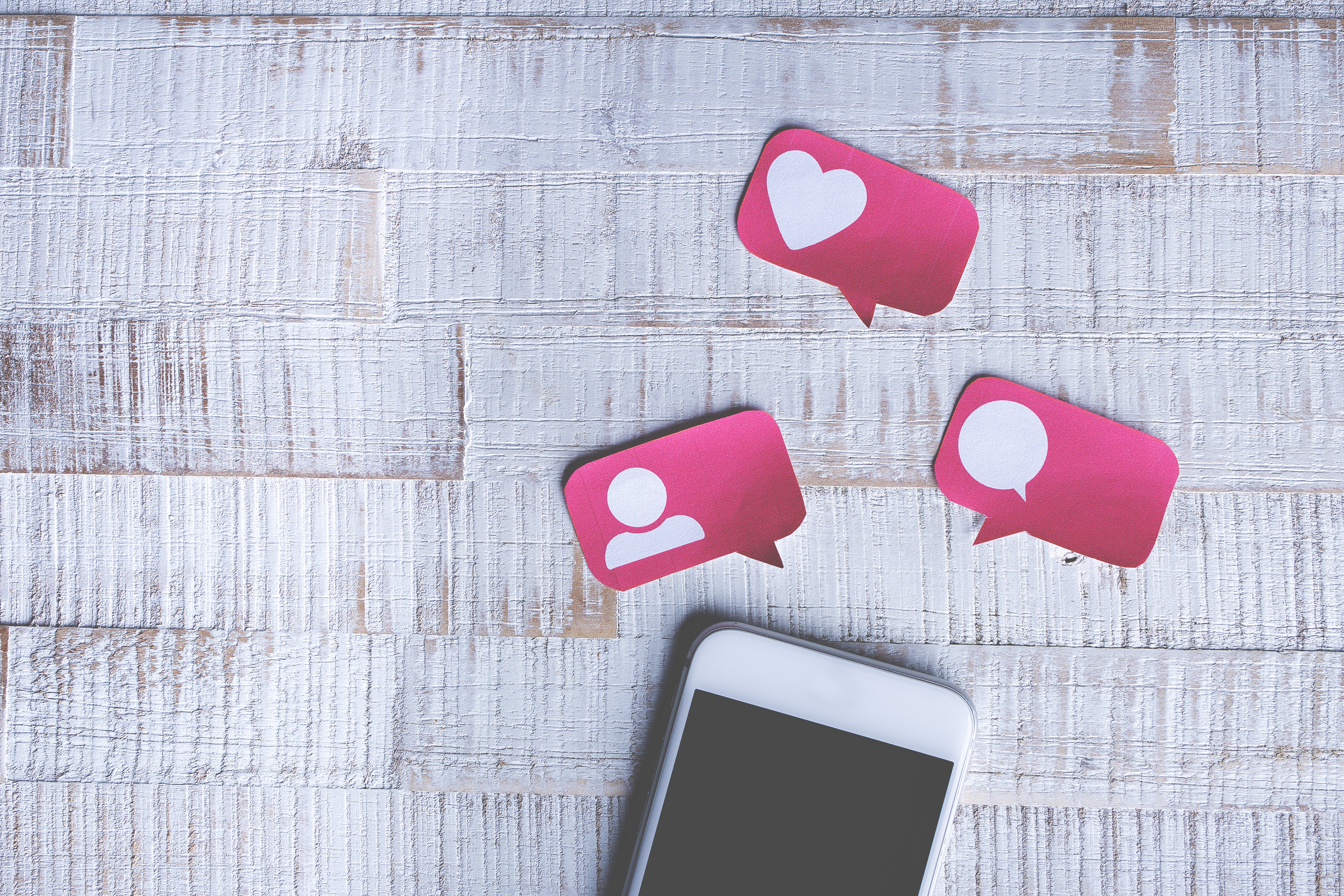Have you ever picked up your phone with the intention to do something, but then found yourself losing time scrolling through a familiar cycle of apps, forgetting why you picked it up in the first place?
We know our phones have a habit of distracting us but we often miss how these distractions start to create habits and behaviors which then take us away from the things we actually want to do, the goals we want to achieve and people we want to spend time with.
When we reflect on our vision for 2020, our relationship with technology may be at the heart of our success in putting those wishes into action. So this year, combine your New Year’s resolutions with a digital well-being strategy to free up your time and focus for the things that matter to you. .
Here are five resolutions which you can try this year:
Get to know your phone habits
Are you deciding when you are using your phone or is your phone deciding for you?
There is a difference between making a deliberate conscious decision to use our phones or using them in a reactive way. Reactive use is driven by triggers which can be external (e.g. notifications) or internal (e.g. feeling bored or frustrated) and sets up habits over time which we then repeat unconsciously. Seeing our habits clearly is the first step to making changes.
So set an intention to ask yourself three questions each time you notice you are about to pick up your phone…
(1) What has led me to picking up my phone? Is this a conscious choice or a reaction.
(2) What am I intending to use my phone for? Answer very specifically – for instance, I want to check the weather for this afternoon.
(3) Do I actually want to do this right now?
Then try to use your phone just for what you intended, being curious about whether you get pulled into other apps or distractions. If so, try to notice your patterns without judgement or frustration and pay attention to how the habitual behavior feels.
Know that seeing your digital habits clearly is a big step forward even if they are still driving behavior. In fact, being curious about what our habits feel like has the potential to lead to disenchantment, where the habitual behaviors become less powerful and we naturally let go of habits that don’t serve us.
Leave the phone out of the bedroom

If your phone is the last thing you touch at night and the first thing you look at in the morning, you are not alone. Over 70% of people sleep with their smartphones by their side and almost half of young people check their phones after they’ve gone to bed, losing valuable sleep.
However, using our phones just before bed can keep us awake, reduce our sleep quality, impact connection with our partner and make it more likely that we start the next day in a reactive mode rather than reflecting on what we want to achieve.
One great digital well-being resolution to improve sleep, connection and start the day based on your priorities, is to use an old-fashioned alarm clock and ban that pesky phone from the bedroom.
Change how you use social media
Deep down, we often know where our social media use is not having a positive impact on our life. We may notice time lost going down digital rabbit-holes, that sinking feeling of not measuring up as we scroll down other people’s perfect-looking social media feeds or notice growing habits which we don’t want to have but can’t stop feeding.
Digital wellbeing is less about whether we use social media, but more about how we use social media.
There are many ways you can change your relationship with social media. Below are a few intentions to experiment with:
(1) Pick your social media window: If social media eats into your day and distracts you from the things you want, set an intention to check social media only within a specific time of the day. Set your time boundaries, stick to it for a week and notice how it feels.
(2) See what you want to see: Make your news feed a more positive experience by unfollowing negative or compulsive content. Review each week and keep unfollowing anything that doesn’t make you feel good or even remove the news-feed altogether.
(3) Remove social media from your phone: With Instagram or Facebook being just a tap away on our phones, the temptation can be too easy to give into. Try deleting social media from your phone, freeing yourself of that distraction, and instead, use social media just on your computer.
Remove distractions
As human beings, we are distractible by nature, but we can reduce the number of distractions we have to compete against.
Start the year with a digital clear-out. Reduce your digital distractions by unsubscribing from email clutter and turning off notifications on your phone. Each notification is an external trigger to do a digital behavior so deleting notifications is one way to reduce our reactive phone use.
Create time offline

Periods of quiet and rest are vital for our health and these are more brief and less frequent in our connected age. We often can’t see what we are missing or the benefits of being disconnected from the digital treadmill until we experiment with introducing time offline.
(1) Choose an activity that you will do offline from now on. This could be the family dinner, dog walk or going out to meet with friends. If you’re worried about not having your phone, you can swap your SIM into an old-fashioned phone or leave your phone in the car glove box.
(2) Plan a digital detox retreat. You can design your own retreat at home or book onto an organised digital detox retreat. Live More Offline runs digital detox retreats with an upcoming retreat in May 2020 in Spain. Digital detox retreats provide the opportunity to disconnect, explore how to make changes to digital habits and find that quiet reflective time that so often eludes us. So whether it is at home or on holiday, plan that time offline and return recharged, rested and focused on the things that matter to you.


